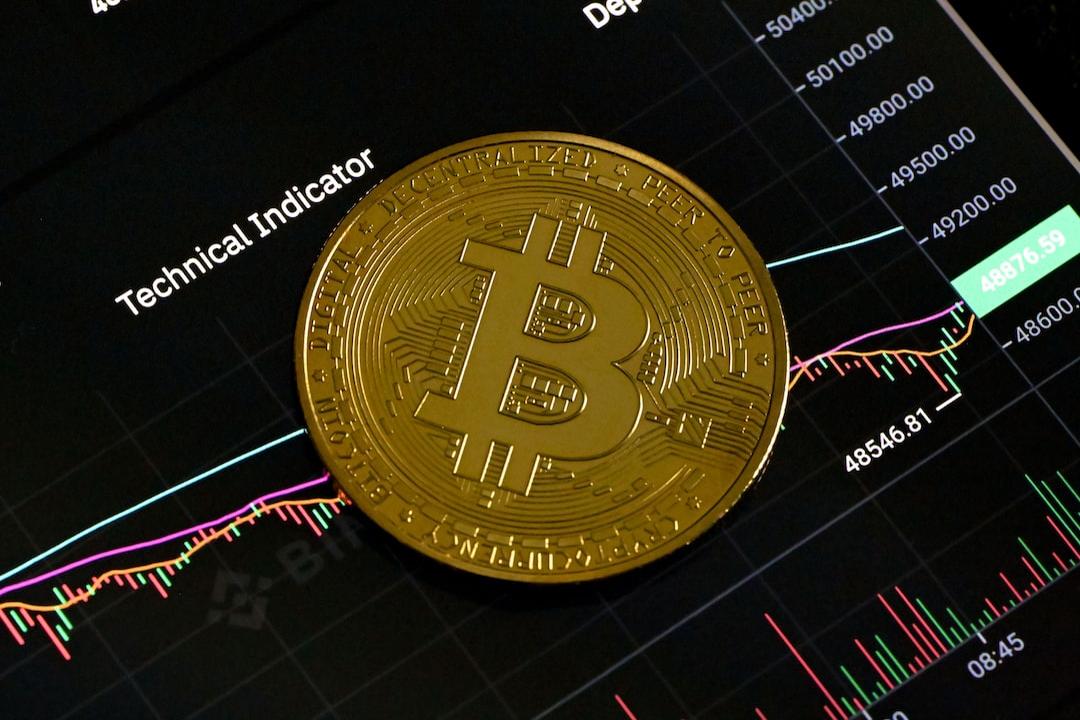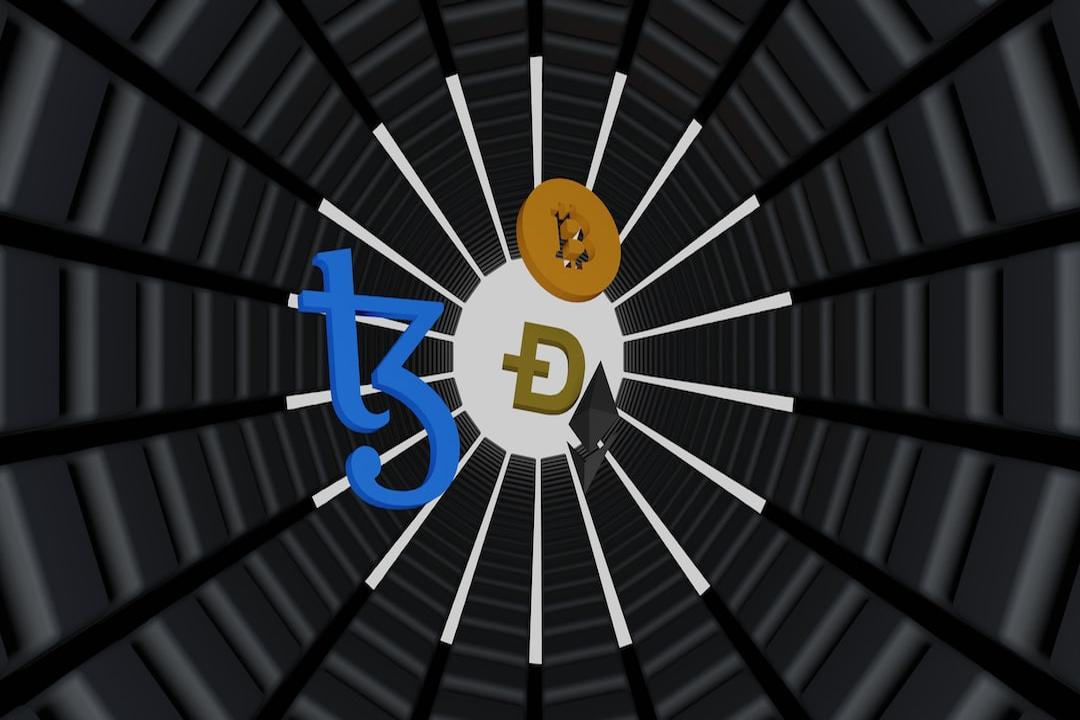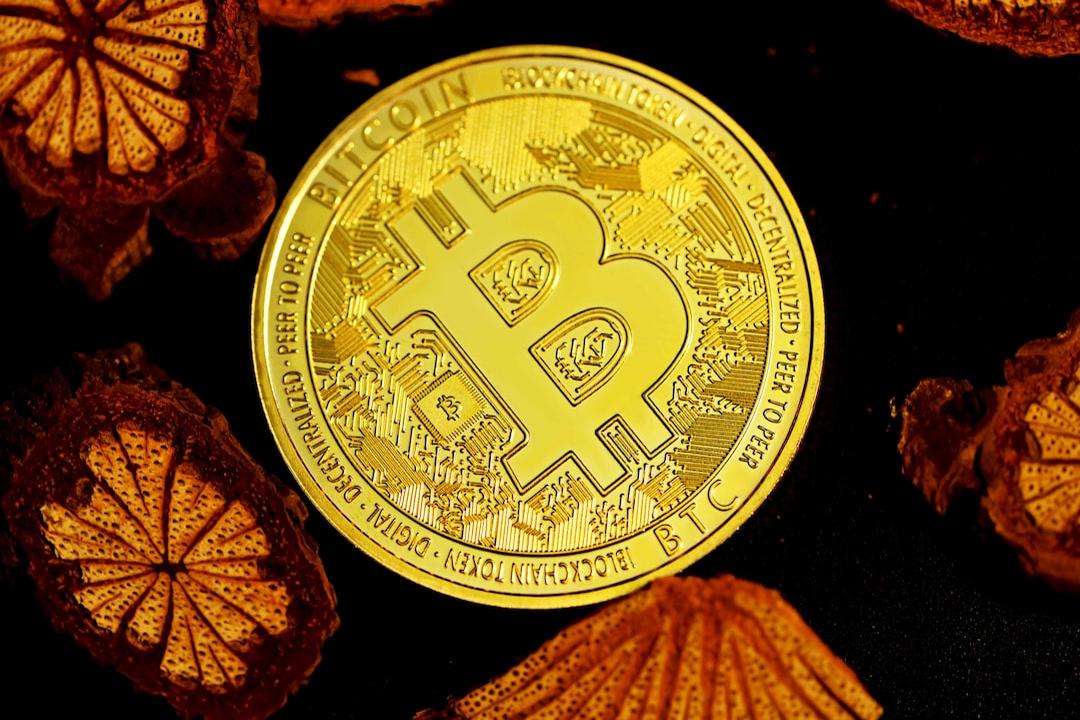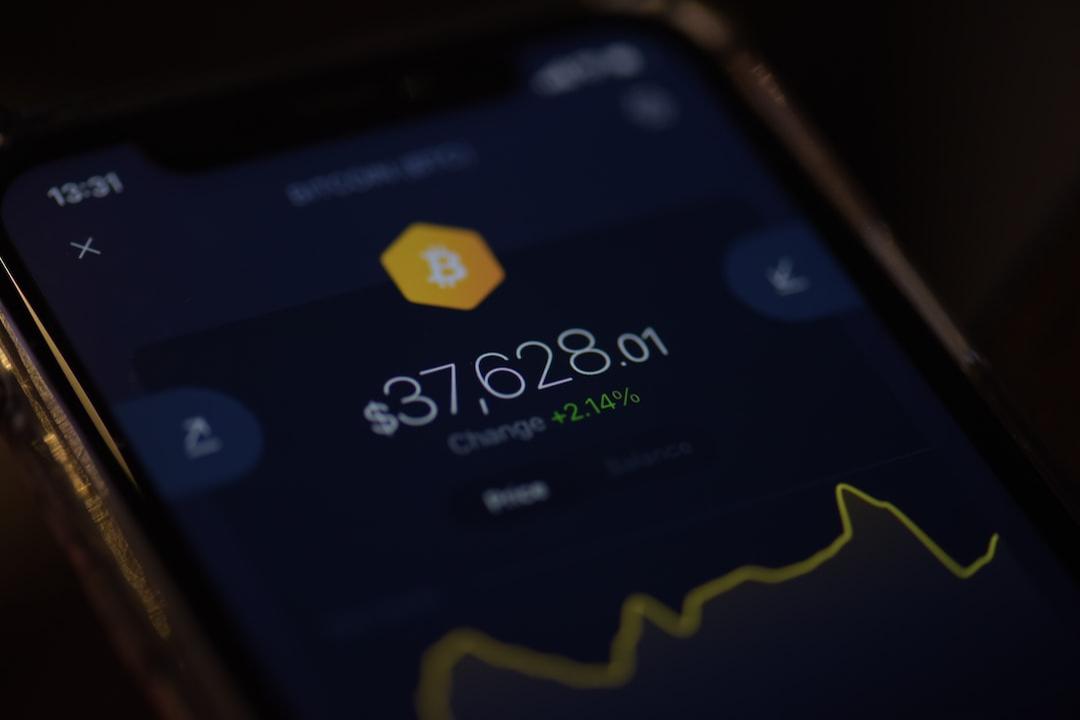BNB Evolution: From Retail Tool to Wall Street Giant and National Reserve’s “New Favorite”
In 2025, the crypto world is undergoing a profound structural transformation. BNB, once commonly defined as an “exchange platform coin,” is breaking through traditional perceptions at an astonishing pace. It is no longer just a trading tool for retail investors; it has leaped to become an important option on the financial reports of Nasdaq-listed companies and the strategic reserve lists of sovereign nations.
On July 28, BNB broke through $860, setting a new historical high with a market capitalization increase to $119.3 billion, and its global asset ranking jumped 13 places to 184, surpassing Strategy (ranked 190) and SoftBank International (ranked 193). This infiltration from corporate treasuries to national strategies marks that BNB is no longer confined to the internal circulation of the crypto world but is recognized as a mainstream investment target, alongside BTC and ETH, becoming the new favorite in traditional capital allocation.
BNB Enters Wall Street
For a long time, Wall Street’s exploration of the crypto world has mostly focused on Bitcoin’s digital gold attributes and Ethereum’s smart contract platform value. However, in the summer of 2025, the strategic shift of two Nasdaq-listed companies fundamentally rewrote the rules of the game.
On July 16, Windtree Therapeutics, a U.S. publicly listed company focused on cardiopulmonary disease treatment, passed a disruptive resolution: to utilize $200 million in securities financing specifically to construct a BNB treasury. Its CEO candidly stated that the core logic behind choosing BNB was to “build an alternative reserve pool to hedge against U.S. dollar credit risk,” directly pointing to the structural crisis in the current global monetary system. By collaborating with Build and Build Corp, Windtree not only gained exposure to BNB’s price but also skillfully avoided the accounting challenges of directly holding the coin, paving a compliant path for traditional publicly listed companies to participate in the crypto market.
Coincidentally, Kong Jianping, the founder of Nano Labs, also showcased his grand crypto reserve blueprint on June 24: planning to hold $1 billion worth of BNB within three years, aiming to maintain 5% to 10% of its total circulating supply in long-term holdings. As of July 29, the company had increased its BNB holdings to 128,000 coins, valued at over $108 million.
This wave reached new heights on July 28. Biopharmaceutical company Liminatus Pharma announced plans to establish a wholly-owned subsidiary called “American BNB Strategy,” aiming to raise and deploy up to $500 million in phases for strategic long-term investments in BNB. Liminatus CEO Chris Kim stated that the reason for choosing BNB among numerous digital assets is due to its strong technology, global user base, and the continuous expansion of the BNB Chain ecosystem.
On the same day, U.S. agricultural technology company CEA Industries and investment firm 10X Capital, supported by Binance founder Zhao Changpeng’s family office YZi Labs, officially announced an oversubscribed post-listing private financing plan. This plan aims to make CEA Industries the largest publicly listed BNB treasury company globally through an initial financing of $500 million (including $400 million in cash and $100 million in cryptocurrency) and subsequent warrants worth up to $750 million. Following this news, CEA Industries’ stock price rose by over 850% at its peak during trading.
The actions of these companies are not merely financial investments, but rather view BNB as a new type of financial infrastructure layer. Behind their decisions lies Wall Street’s reassessment of BNB’s potential value.
As early as May of this year, the fund giant VanEck, managing hundreds of billions in assets, had submitted application documents for a BNB-related ETF to the U.S. SEC, indicating that mature financial institutions had already recognized their clients’ potential demand for allocating mainstream crypto assets like BNB and were seeking early positioning.

It is noteworthy that Zhao Changpeng has stated on social media that more than 30 teams currently intend to establish BNB Treasury companies and go public. The story unfolding on Wall Street may just be the beginning of a grander trend.
Entering the National Strategic Reserve List
If the adoption by publicly listed companies serves as a “stepping stone” for BNB to enter the mainstream spotlight, then recognition at the sovereign level elevates its status to new heights.

On January 8, the Economic Special Zone of the Kingdom of Bhutan’s Grep Mindfulness City (GMC) announced on its official website that BNB is to be included alongside Bitcoin and Ethereum in its official strategic reserve asset list. The reasoning is direct and powerful: BNB boasts a high market cap and ample liquidity, and the BNB Chain behind it is a long-tested mature and secure network. This represents a trust vote from a sovereign entity across multiple dimensions of technology, market, and security.

Meanwhile, Binance founder CZ is actively promoting the application of BNB at the sovereign level. During his visit to Kyrgyzstan, he proposed to the government to prioritize the inclusion of BNB and Bitcoin in their planned national-level crypto asset reserves. This undoubtedly reveals an important trend: the potential of BNB as a “sovereign-friendly” asset is being seriously considered by more nations seeking financial autonomy and asset diversification.
The Internal Driving Force of the BNB Chain Ecosystem
From VanEck’s submission of BNB-related ETF applications to CZ’s family office YZi Labs supporting the establishment of a publicly listed company focused on BNB, to the official endorsement of sovereign economic special zones, all clues point to one conclusion: BNB is “evolving.”
This leap from retail to sovereign level is rooted in the strong growth of the BNB Chain ecosystem itself. If the recognition from external institutions is the “face” of BNB’s value narrative, then the robust growth of the BNB Chain ecosystem is its most solid “interior.” The preference of external capital is not a castle in the air, but is built upon the astonishing endogenous growth exhibited by the BNB Chain over the past year, especially in the first half of 2025. The core driving force behind this growth stems from a clever top-level design: Binance Alpha.
Over the past half year, Binance Alpha has indeed become the largest traffic pool in the entire crypto world. It is far more than a simple “subscription” platform, but rather a “traffic converter” meticulously designed by Binance to connect centralized exchanges with the decentralized world. Through staking BNB, completing on-chain tasks, and other methods, Alpha has successfully transformed millions of exchange users from passive “coin holders” to active “on-chain natives.” Users are no longer merely hoarding BNB to offset transaction fees; they are being guided to learn how to use Binance Wallet, provide liquidity on PancakeSwap, lend on Lista, and even participate in the creation and trading of Meme coins on Four.meme. Data shows that from its launch until July 10, 2025, Binance Alpha has launched over 236 projects, more than half (124) of which come from the BNB Chain ecosystem, covering all popular tracks such as AI, Meme, RWA, and GameFi.

Driven by the traffic of Binance Alpha, PancakeSwap has achieved an epic leap, becoming the core growth engine of the BNB Chain. Data indicates that PancakeSwap holds a staggering 59.6% market share in the entire DEX market, accounting for nearly one-third of the total DEX market. The success of PancakeSwap is no coincidence. It absorbed the initial traffic from Alpha project launches in February and March, achieving the first wave of explosive growth; then, it launched cross-chain exchange functions in June and officially integrated Solana in July, completely breaking the chains’ limitations.

If Pancake is the trading engine, then Lista DAO serves as the second growth highland for the BNB Chain in the DeFi field. Since its token launch in June 2024, Lista’s TVL has now surpassed $2.652 billion, making it the second-largest lending market on the BNB Chain. Its cumulative lending volume exceeds $1.28 billion, with stable protocol revenue.

In this era dominated by Meme coins, Four.meme has become a crucial engine igniting on-chain vitality within the BNB Chain. It has attracted approximately 1.1 million unique users, with a cumulative trading volume of around 1.605 million BNB. Its success not only stems from an extremely low issuance threshold but also from a deep binding with CZ’s “gesture 4” culture. From the “CZ’s pet dog namesake coin” to the Middle Eastern blessing coins, every community hot spot can quickly transform into on-chain festivities on the platform.
Moreover, BNB’s value capture mechanism continues to evolve. Traditional quarterly burns are still ongoing, with the most recent burn exceeding $1 billion worth of BNB, continuing to deflate its total supply. On top of this, the application scenarios for BNB are rapidly expanding. By cooperating with Ondo Finance, it is bringing U.S. stocks, ETFs, and other RWAs into the BNB Chain. At the same time, it is being packaged into innovative financial tools, such as the BNB dividend fund launched by KGI Bank and Hash Global, marking its significant steps into the mainstream asset management system.
Revaluation of BNB’s Value Under New Anchors
In the past, to cope with the SEC’s Howey test, Binance had once downplayed BNB’s “investment” attributes, such as slowing down the Launchpool rhythm. This “de-securitization” approach, while a necessary step on the compliance road, has somewhat suppressed BNB’s valuation.

However, the recent surge of stock waves, especially the success of the “MicroStrategy model,” has provided BNB with a new pathway.
Looking back on BNB’s eight-year journey, from its initial trading tool at $0.06 to its current breakthrough of $860 and a market cap exceeding $100 billion, we have witnessed a grand evolution. With the transformation of BNB’s value logic, what once seemed like bold price forecasts are now being re-evaluated by the market.
Kong Jianping, the founder of Nano Labs, believes that given BNB’s market cap is only one-third of ETH’s, breaking through $1,000 in the short term is not difficult, and he is optimistic about its challenge to the $2,000 mark in this bull market.
A Turkish economist has also pointed out that BNB is likely to reach $900 in the short term and challenge the $1,162 range after adjustments.
A report released by Hash Global on April 6 stated that based on the currency equation’s valuation model, it has raised BNB’s reasonable valuation to above $2,000, with the market cap expected to exceed $300 billion, possibly surpassing Ethereum.
Additionally, Standard Chartered Bank also predicted in May of this year that BNB could reach $2,775 by the end of 2028.
Behind these forecasts is the market’s recognition of BNB’s unique position. Beyond “digital gold” BTC and “world computer” ETH, people are searching for a third strategic reserve asset that combines application ecology, stable value, and a vast user base. With its unique “exchange + public chain” dual-driving model, BNB is becoming a strong competitor for this role.
This article is collaboratively reprinted from: PANews

